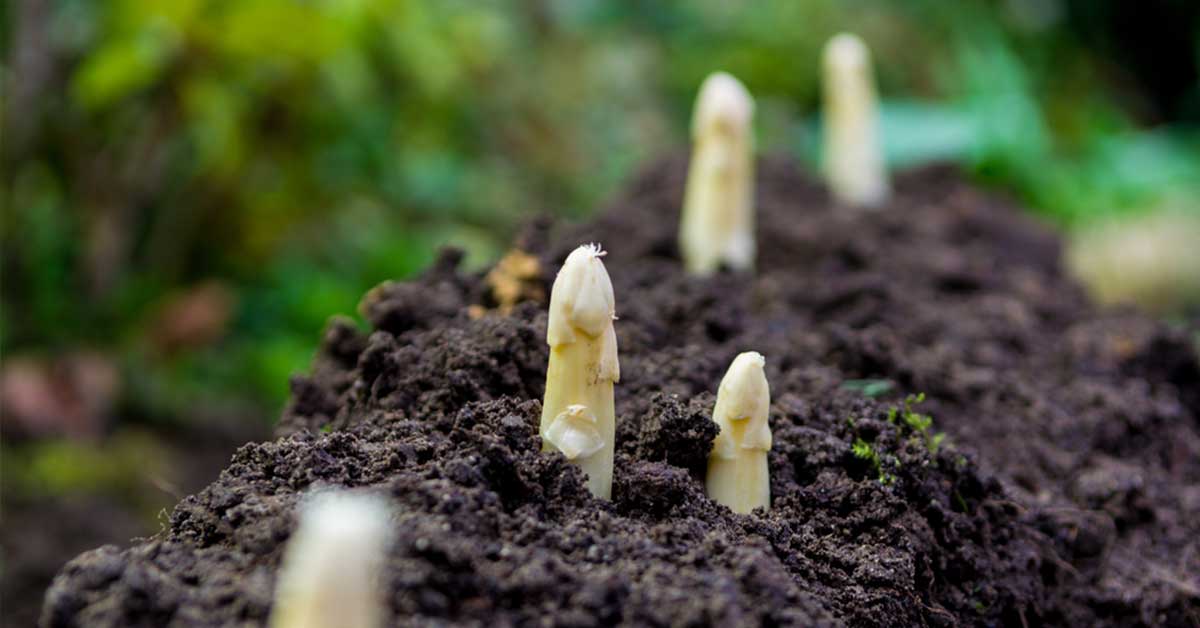Asparagus, a delicious and nutritious vegetable, is a favorite among gardeners and food enthusiasts alike. Known for its tender spears and unique flavor, asparagus is a versatile addition to any dish. However, to truly savor its delectable taste and maximize its nutritional value, it is crucial to harvest asparagus at the right time.
Harvesting asparagus requires careful timing and attention to detail, as picking too early or too late can affect its taste and texture. In this article, we will explore the optimal time to harvest asparagus, ensuring that you can enjoy this delightful vegetable at its peak.
When to Harvest Asparagus
The timing for harvesting asparagus depends on the age of the plants. For newly planted asparagus crowns, it is recommended to wait at least two years before harvesting to allow the plants to establish a strong root system. Once the plants are mature, you can start harvesting asparagus spears in the third year. The exact timing will vary depending on your location and climate, but typically, the harvest season for asparagus begins in early spring and lasts for about 6-8 weeks.
To determine when to harvest, look for asparagus spears that are about 6-8 inches tall and have tightly closed tips. The spears should be firm and snap easily when bent. Avoid harvesting spears that have started to open or have fern-like foliage, as they are past their prime. It’s important not to over-harvest asparagus, especially during the first few years of establishment.
Allow some spears to grow into ferns, as they will help replenish the energy reserves of the plant for future growth. Towards the end of the harvest season, you can stop harvesting and let the remaining spears grow into ferns to support the plant’s health. Remember to always use a sharp knife or asparagus harvesting tool to cut the spears just below the soil surface, being careful not to damage the emerging spears.
Signs Your Asparagus Are Ready to Be Harvested
When it comes to harvesting asparagus, there are a few signs to look out for:
- Height: Asparagus spears emerge from the ground, and they continue to grow taller until they reach their maximum height. Generally, asparagus can be harvested when the spears are around 6-8 inches tall.
- Thickness: The thickness of asparagus spears is also an indicator of readiness. Harvesting is typically done when the spears are about the thickness of a pencil or slightly thicker. Thinner spears may not have developed enough flavor, while thicker ones can be tough and fibrous.
- Tight Tips: The tips of asparagus spears should be tightly closed and compact. If the tips start to loosen and spread apart, it may indicate that the asparagus is becoming overripe and starting to flower. Harvesting should be done before this stage.
- Color: Asparagus spears are usually green, but some varieties may have purple or white spears. The color should be vibrant and uniform, without any signs of yellowing or browning. Discolored spears may be past their prime.
It’s important to note that during the first year of planting asparagus, it’s generally recommended to avoid harvesting to allow the plant to establish a strong root system. Harvesting can typically begin in the second or third year, and it’s advisable to stop harvesting by mid to late summer to allow the plant to replenish its energy reserves for the next growing season.
Signs Your Asparagus Aren’t Ripe Yet
There are a few signs that asparagus is not yet ripe and should not be harvested:
- Size: Asparagus spears should be at least 6-8 inches tall before harvesting. If the spears are shorter than this, it indicates that they are still developing and need more time to grow.
- Thickness: Ripe asparagus spears should have a thickness of around a pencil or slightly thicker. If the spears are too thin, it means they are not fully matured and should be left to grow further.
- Tight tips: The tips of ripe asparagus spears should be tightly closed and compact. If the tips are starting to open up or have begun to feather out, it suggests that the asparagus is past its prime and may have a woody texture.
- Color: The color of ripe asparagus varies depending on the variety, but in general, it should be a vibrant green or purple. If the spears are pale or yellowish, it indicates that they are not yet ripe and should be left to mature.
Remember, it’s important to allow some asparagus spears to grow and mature fully, as this will ensure a healthier and more productive asparagus patch in the long run.













